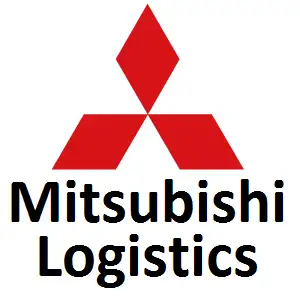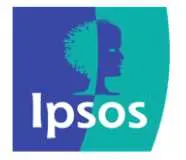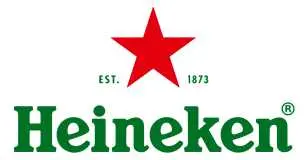
Singapore Container Transshipment Market Trends, Growth, Analysis and Future Opportunities
Singapore Container Transshipment Market Growth, Size, Trends Analysis - By Container Type, By End User - Regional Outlook, Competitive Strategies and Segment Forecast to 2034
| Published: Feb-2025 | Report ID: AMIN2506 | Pages: 1 - 246 | Formats*: |
| Category : Automotive & Transportation | |||
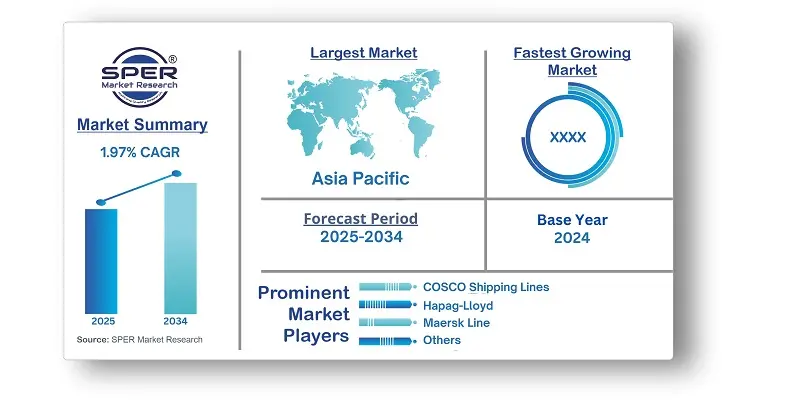
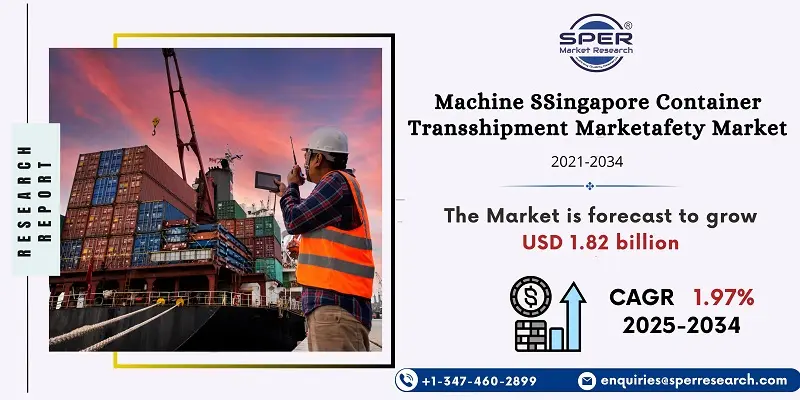
- In February 2024, A.P. Moller-Maersk (Maersk) declared an investment of over USD 500 million to enhance its supply chain infrastructure, aiming to bolster Southeast Asia's development as a global production center and consumption powerhouse. Maersk intends to direct its planned three-year investment toward its Logistics & Services division. At the same time, however, a significant portion of investment will be directed toward its Ocean and Terminals infrastructure.
- In February 2024, HERE Technologies, a leading provider of location data and technology solutions, has announced its partnership with PSA Singapore, the operator of the world’s largest transshipment hub, to transform the container truck ecosystem in Singapore. The goal is to improve the efficiency of goods transfer at Singapore's terminals.
| Report Metric | Details |
| Market size available for years | 2021-2034 |
| Base year considered | 2024 |
| Forecast period | 2025-2034 |
| Segments covered | By Container Type, By End User. |
| Regions covered | Eastern region, Western region, Southern region, Northern region. |
| Companies Covered | APL (American President Lines), CMA CGM, COSCO Shipping Lines, Evergreen Line, Hapag-Lloyd, Maersk Line, Mediterranean Shipping Company (MSC), Ocean Network Express (ONE), Pacific International Lines (PIL), Yang Ming Marine Transport Corporation. and others. |
- Singapore Container Transshipment Market Size (FY’2021-FY’2034)
- Overview of Singapore Container Transshipment Market
- Segmentation of Singapore Container Transshipment Market By Container Type (General, Refrigerator)
- Segmentation of Singapore Container Transshipment Market By End User (Automotive, Mining & Minerals, Agriculture, Chemicals & Petrochemicals, Pharmaceuticals, Food & Beverages, Retail, Other)
- Statistical Snap of Singapore Container Transshipment Market
- Expansion Analysis of Singapore Container Transshipment Market
- Problems and Obstacles in Singapore Container Transshipment Market
- Competitive Landscape in the Singapore Container Transshipment Market
- Details on Current Investment in Singapore Container Transshipment Market
- Competitive Analysis of Singapore Container Transshipment Market
- Prominent Players in the Singapore Container Transshipment Market
- SWOT Analysis of Singapore Container Transshipment Market
- Singapore Container Transshipment Market Future Outlook and Projections (FY’2025-FY’2034)
- Recommendations from Analyst
1.1. Scope of the report1.2. Market segment analysis
2.1. Research data source
2.1.1. Secondary Data2.1.2. Primary Data2.1.3. SPERs internal database2.1.4. Premium insight from KOLs
2.2. Market size estimation
2.2.1. Top-down and Bottom-up approach
2.3. Data triangulation
4.1. Driver, Restraint, Opportunity and Challenges analysis
4.1.1. Drivers4.1.2. Restraints4.1.3. Opportunities4.1.4. Challenges
5.1. SWOT Analysis
5.1.1. Strengths5.1.2. Weaknesses5.1.3. Opportunities5.1.4. Threats
5.2. PESTEL Analysis
5.2.1. Political Landscape5.2.2. Economic Landscape5.2.3. Social Landscape5.2.4. Technological Landscape5.2.5. Environmental Landscape5.2.6. Legal Landscape
5.3. PORTERs Five Forces
5.3.1. Bargaining power of suppliers5.3.2. Bargaining power of buyers5.3.3. Threat of Substitute5.3.4. Threat of new entrant5.3.5. Competitive rivalry
5.4. Heat Map Analysis
6.1. Singapore Container Transshipment Market Manufacturing Base Distribution, Sales Area, Product Type6.2. Mergers & Acquisitions, Partnerships, Product Launch, and Collaboration in Singapore Container Transshipment Market
7.1. General7.2. Refrigerator
8.1. Automotive8.2. Mining & Minerals8.3. Agriculture8.4. Chemicals & Petrochemicals8.5. Pharmaceuticals8.6. Food & Beverages8.7. Retail8.8. Other
9.1. Singapore Container Transshipment Market Size and Market Share
10.1. Eastern region10.2. Western region10.3. Southern region10.4. Northern region
11.1. APL (American President Lines)
11.1.1. Company details11.1.2. Financial outlook11.1.3. Product summary11.1.4. Recent developments
11.2. CMA CGM
11.2.1. Company details11.2.2. Financial outlook11.2.3. Product summary11.2.4. Recent developments
11.3. COSCO Shipping Lines
11.3.1. Company details11.3.2. Financial outlook11.3.3. Product summary11.3.4. Recent developments
11.4. Evergreen Line
11.4.1. Company details11.4.2. Financial outlook11.4.3. Product summary11.4.4. Recent developments
11.5. Hapag-Lloyd
11.5.1. Company details11.5.2. Financial outlook11.5.3. Product summary11.5.4. Recent developments
11.6. Maersk Line
11.6.1. Company details11.6.2. Financial outlook11.6.3. Product summary11.6.4. Recent developments
11.7. Mediterranean Shipping Company
11.7.1. Company details11.7.2. Financial outlook11.7.3. Product summary11.7.4. Recent developments
11.8. Ocean Network Express
11.8.1. Company details11.8.2. Financial outlook11.8.3. Product summary11.8.4. Recent developments
11.9. Pacific International Lines
11.9.1. Company details11.9.2. Financial outlook11.9.3. Product summary11.9.4. Recent developments
11.10. Others
SPER Market Research’s methodology uses great emphasis on primary research to ensure that the market intelligence insights are up to date, reliable and accurate. Primary interviews are done with players involved in each phase of a supply chain to analyze the market forecasting. The secondary research method is used to help you fully understand how the future markets and the spending patterns look likes.
The report is based on in-depth qualitative and quantitative analysis of the Product Market. The quantitative analysis involves the application of various projection and sampling techniques. The qualitative analysis involves primary interviews, surveys, and vendor briefings. The data gathered as a result of these processes are validated through experts opinion. Our research methodology entails an ideal mixture of primary and secondary initiatives.
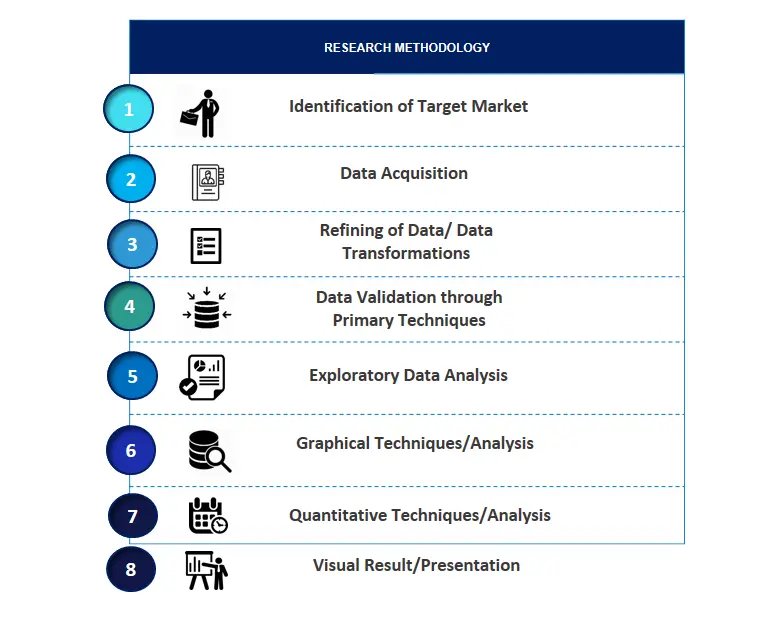
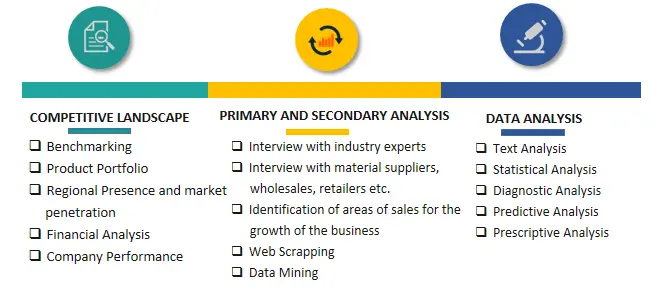

Frequently Asked Questions About This Report
PLACE AN ORDER
Year End Discount
Sample Report
Pre-Purchase Inquiry
NEED CUSTOMIZATION?
Request CustomizationCALL OR EMAIL US
100% Secure Payment



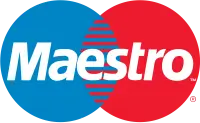


Related Reports
Our Global Clients
Our data-driven insights have influenced the strategy of 200+ reputed companies across the globe.











